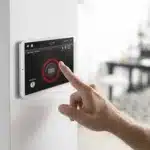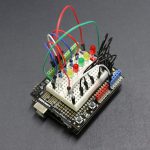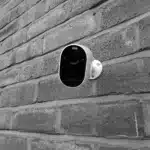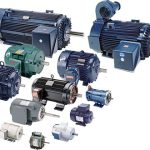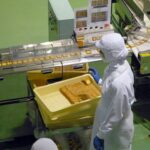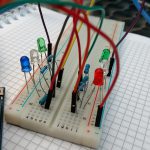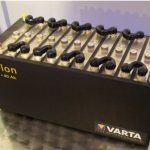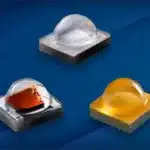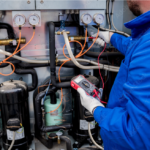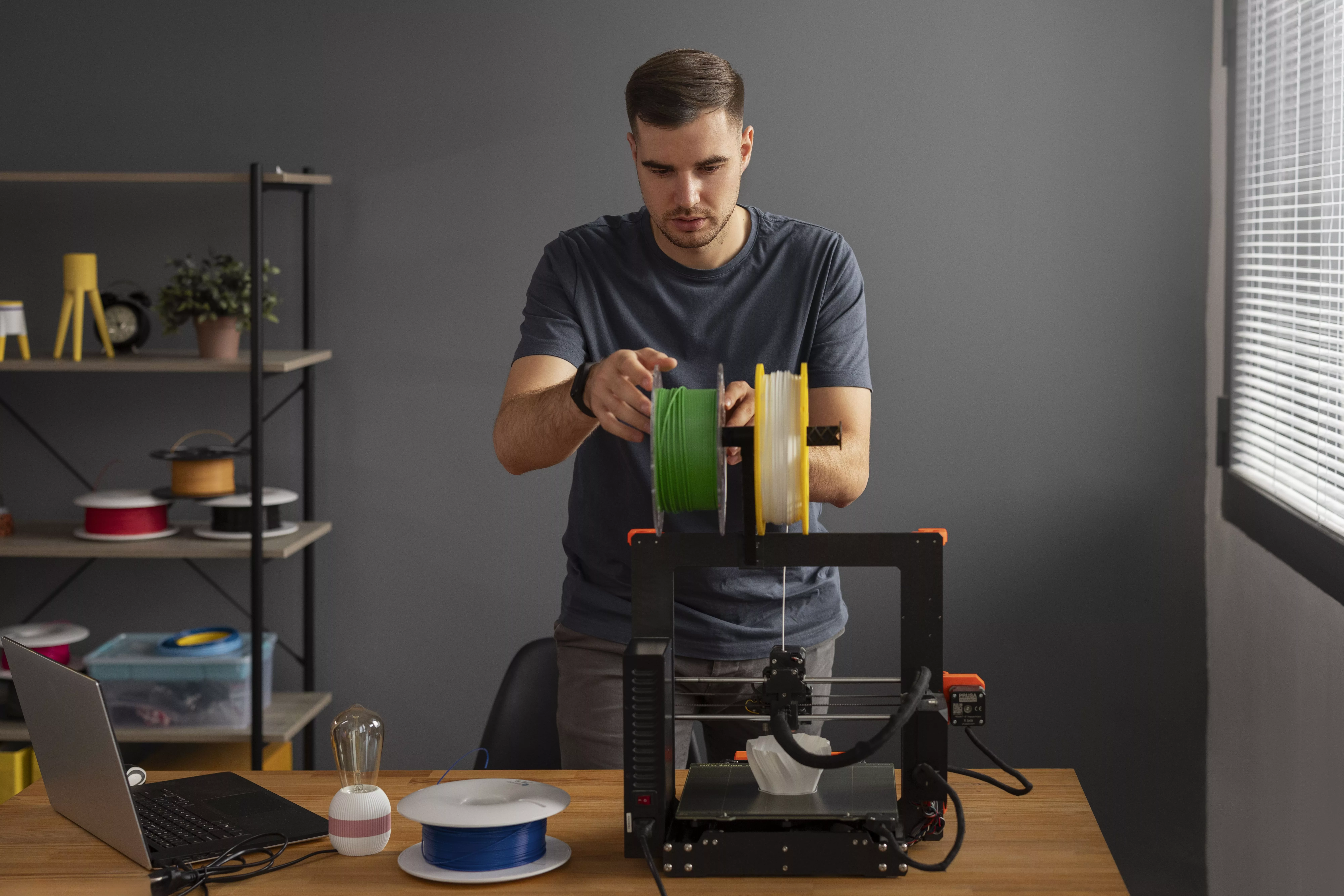
Introduction
3D printing technology has undoubtedly created more advanced and intricate designs in terms of prototypes, functional parts, and artistic creations. One of the exciting developments in 3D printing is color mixing on a single extruder 3D printer. Traditionally, 3D printers have used separate filaments for each color, making multicolored prints a bit complicated and costly. However, with the innovation of color mixing on a single extruder 3D printer, users can now create vibrant, multicolored objects with ease. This blog post discusses the mechanics of how color mixing works on such printers to achieve stunning, colorful prints.
Traditional Multicolor 3D Printing: The Single Extruder Challenge
In the early days of 3D printing, creating multicolored objects required multiple extruders or frequent filament swaps during the printing process. Each color change added complexity and time to the print job, making it less accessible for many users. Moreover, not all 3D printers support multiple extruders, limiting the options for those interested in multicolor printing. However, innovators in the field have developed various methods to overcome these limitations–with color mixing being a standout solution.
Exploring Best Strategies to Achieve Color Mixing on a Single Extruder 3D Printer
Color mixing on a single extruder 3D printer is a game-changer, simplifying the process of creating multicolored objects. Instead of using separate filaments for each color, these printers utilise a single extruder and a combination of filament materials to achieve color blending. Let’s explore how these printers employ the ingenious techniques of color mixing.
Dual Filament Feed System
To achieve color mixing, single extruder 3D printers use a dual filament feed system with two separate spools of filament, each of a different color. These filaments are fed into the extruder simultaneously and melted. The successful color mixing lies in precisely controlling the proportions of these two filaments as they are extruded.
Mixing in the Hotend
Inside the hotend of the printer, the two filament materials are heated and mixed together. The degree of mixing depends on various factors, including the temperature of the hotend, the flow rate of the filaments, and the printer’s moving speed. Some printers have specialised hot-end designs that facilitate better mixing, ensuring a smooth transition between colors.
Variable Flow Rates
To achieve different colors or shades, the printer adjusts the flow rates of the two filaments. Altering the ratio of one filament to the other produces a wide range of colors. For example, if the printer wants to create a green color, it can increase the flow rate of the blue filament while decreasing the flow rate of the yellow filament. This precise control allows for the creation of detailed and vibrant multicolored prints.
Color Blending Techniques in Single Extruder 3D Printers
Single extruder 3D printers use several techniques for color blending, such as:
- Gradient Transition: During a printing process, the proportion of color pigments is changed slowly to achieve gradual shifts in colors.
- Dithering: This technique involves creating patterns of dots with varying colors in close proximity. When viewed from a distance, the dots blend together to create the desired color.
- Patterned Layers: Some printers create patterns or textures in different layers, which, when combined, give the appearance of multiple colors.
Benefits of Color Mixing on a Single Extruder 3D Printer
Color mixing on a single extruder 3D printer offers several significant advantages, including:
Simplified Workflow
One of the most significant benefits of color mixing on a single extruder printer is the simplified workflow–eliminating the need to change filaments or invest in multiple extruders manually. The process reduces the chances of errors during filament swaps and makes multicolor printing more accessible to beginners.
Cost-Efficiency
Traditional multicolor 3D printing can be costly due to the need for multiple filament spools and extruders. Single extruder color mixing eliminates the need for these additional components, making it a more cost-effective solution.
Seamless Transitions
ith precise control over filament flow rates and mixing, bespoke printers can create seamless color transitions. This allows the creation of intricate designs and gradients that would be challenging to achieve with traditional methods.
Expanded Creativity
Color mixing opens up new avenues for creativity in 3D printing. Artists and designers can experiment with multiple colors and gradients, adding a new dimension to their creations.
Reduced Post-Processing
In traditional multicolor printing, post-processing tasks like aligning separate parts or removing supports can be time-consuming and complex. With single extruder color mixing, prints often require less post-processing since the colors are seamlessly blended together.
Bottom Lines
Color mixing on a single extruder 3D printer is a significant advancement that simplifies multicolor 3D printing and offers numerous benefits–from cost-efficiency to expanded creativity. This innovative technology brings endless possibilities for creative and practical applications. From colorful sculptures and artistic designs to functional prototypes with intricate color details, bespoke technology empowers designers and makers to bring their ideas to life in vibrant ways.






